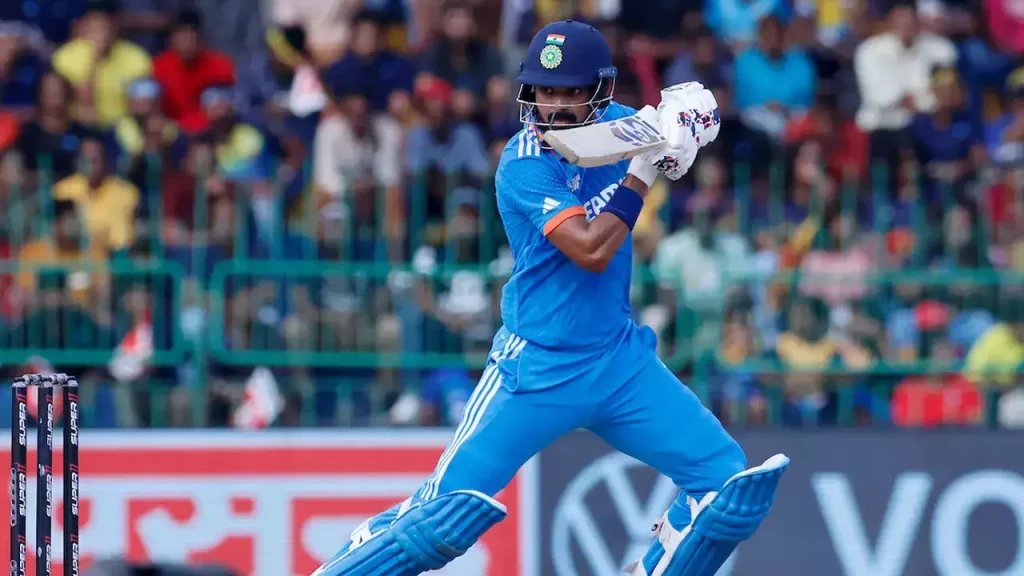India’s decision to promote all-rounder Axar Patel to No. 5 in the batting order, ahead of KL Rahul, during the ongoing ODI series against England has drawn criticism and sparked debate. Rahul has been a mainstay at No. 5 for India in ODIs, and this sudden experimentation has left many questioning the team management’s strategy.
While Axar has capitalized on the opportunity, scoring a match-winning 52 off 47 balls in the first ODI and an unbeaten 41 off 43 in the second, this move raises concerns ahead of the 2025 Champions Trophy.
Here are three reasons why it might be the wrong decision:
KL Rahul’s Impressive Record at No. 5:
As mentioned, KL Rahul has consistently performed well at No. 5 in ODIs.
He boasts impressive statistics in this position, having scored 1259 runs in 30 innings at an average of 57 and a strike rate of 95, including two centuries and nine half-centuries. His strong showing at No. 5 during the 2023 World Cup, where he amassed 452 runs in 10 innings at an average of 75.33, further underscores his effectiveness in that role. Given these compelling numbers, changing his position seems unwarranted.
Impact on KL Rahul’s Confidence:
KL Rahul has often been shuffled around the batting order, and just when it seemed he had found a settled spot in ODIs, he’s faced with another change.
This constant shifting can negatively impact a player’s confidence and performance. His scores in the first two ODIs against England (2 runs off 9 balls and 10 runs off 14 balls) suggest that the change hasn’t been beneficial. Denting the confidence of a player who has consistently delivered at a particular position, especially before a major tournament like the Champions Trophy, is a risky strategy.
Lack of Game Time for Rahul Before the Champions Trophy:
KL Rahul is a crucial player for India in ODIs and is expected to play a key role in the 2025 Champions Trophy.
However, this experiment limits his game time at his preferred position. Batting at No. 6 in the ODIs against England, he hasn’t had sufficient opportunities to bat for extended periods, as India chased down targets in both games. This lack of match practice at No. 5 could prove detrimental at the Champions Trophy.
While Axar Patel’s promotion has been successful so far, it’s unclear whether this will be a long-term strategy, especially in high-pressure situations. If India were to face an early batting collapse, it’s unlikely Axar would be sent in at No. 5. If Rahul is then called upon to bat at his usual position, the lack of game time and the dent to his confidence could backfire significantly in a crucial tournament. India’s team management needs to carefully consider the long-term implications of this experiment and whether it truly serves the team’s best interests heading into the Champions Trophy.



